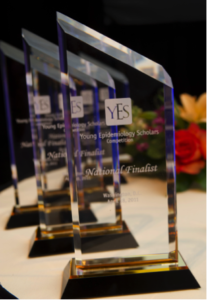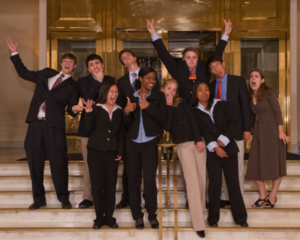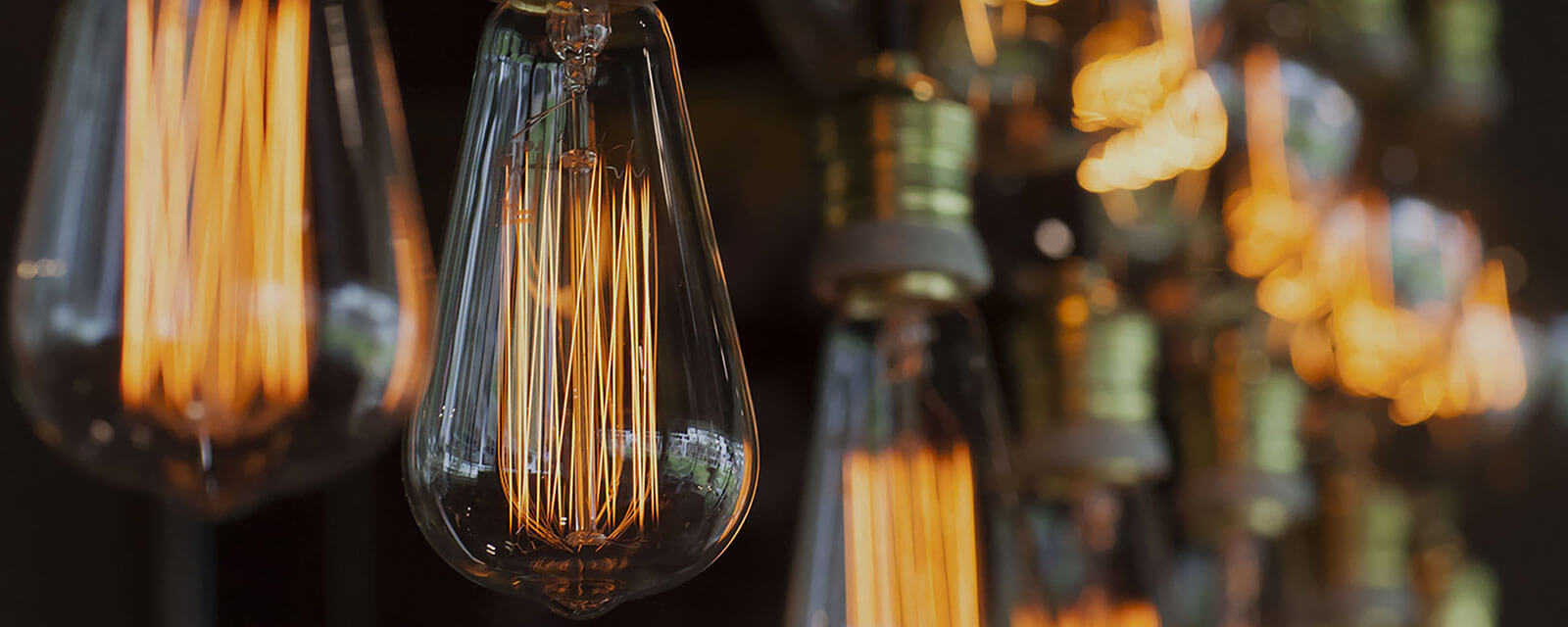19 Sep How to Be Your Own Event Photographer
There is no denying that nearly everyone is a photographer today (or at least thinks they are). According to Pew Research, 77% of Americans own a smartphone, making cameras almost ubiquitous. No matter where we go or what we do, we always see people taking photos. But, getting that perfect shot involves a lot more than a point and tap on your mobile phone.
As event planners, we are often asked to take pictures of our events for our company. If you’re like the rest of us, you say “sure” and then secretly worry how the photos will turn out. By following these simple tips, you’ll be more likely to get the perfect shot every time.
- Decide before the event how you plan to use the photos
Events offer the perfect opportunity to take photographs that can promote your company in a variety of ways. Figuring out the use of the photos will determine what types of shots to take. If the purpose of your photos is for social media, you will want to shoot wider pictures, giving you enough image to crop in. If you plan to use the photo for a repeat event, you don’t want anything in the scene that is seasonal or identifiable. You can’t use photos that show holiday decorations for an event scheduled for July. Most importantly, if you plan to use the photos in printed materials, you’ll want to be sure to take the photo at the highest resolution possible. If you are using them for the company website, lower resolution images will work fine.

- Use natural lighting
Every professional photographer will tell you to use natural light whenever possible. If you are inside, open the drapes, raise the blinds and let the natural light shine in. If necessary, use a reflector, such as white poster board or foamcore, to bounce the light from the sun or a lamp onto your subject. You can also move your crew outside and take the photo in natural light. Of course, you’ll want to pay attention to the best time of the day for an outside photo. Midday is the worst, because the sun is directly overhead. For best results, try shooting in the early morning or evening or on a cloudy day when the light is diffused as it comes through the clouds. Using natural light to take your photo gives you the best chance for a really outstanding shot.

- Shoot from creative angles
Let’s face it: taking photos of people in suits mingling at an event can be boring. Consider how you can make this shot interesting by shooting it from a different angle. If you need to take a photo of a speaker while lunch is being served, see how your subject might look if you took the picture from behind the stage. Or consider how you can take a picture of the awards table by angling the shot. Doesn’t this look better?

- Don’t be afraid to have fun
How often do you see an event photo with people standing next to each other, posed and smiling? Too often, right? After a while, they all look the same. Challenge yourself to be more creative and playful when taking photos at your next event. Chances are these are the photos that people will remember.

- Take a lot of photos
Being an amateur photographer gives you permission to experiment when taking photos. Challenge yourself to take 10-15 shots of the same thing so you have many options to choose from when you are making the final selection. Move around, zoom in, zoom out and see how many different unique shots you can take of the same subject. You will impress yourself and others with your creativity. If you are taking a picture of a moving object, press and hold the picture button on your smartphone to take a burst of several photos as opposed to just one. The more shots you take, the more likely you’ll be to find a winner.
No one is expecting you to do the work of a professional photographer, but by following these simple tips you’ll be well on your way to capturing some great photography from your event.

Jennifer D. Collins is the founder, President, and CEO of JDC Events. She is a Certified Meeting Professional (CMP), Digital Events Strategist (DES) and well known events industry thought leader. She is Vice Chair of the Board for WBEC Metro NY and WBEC Greater DMV, a member of the Women’s Presidents Organization (WPO), and the Author of Events Spark Change: A Guide to Designing Powerful and Engaging Events.



